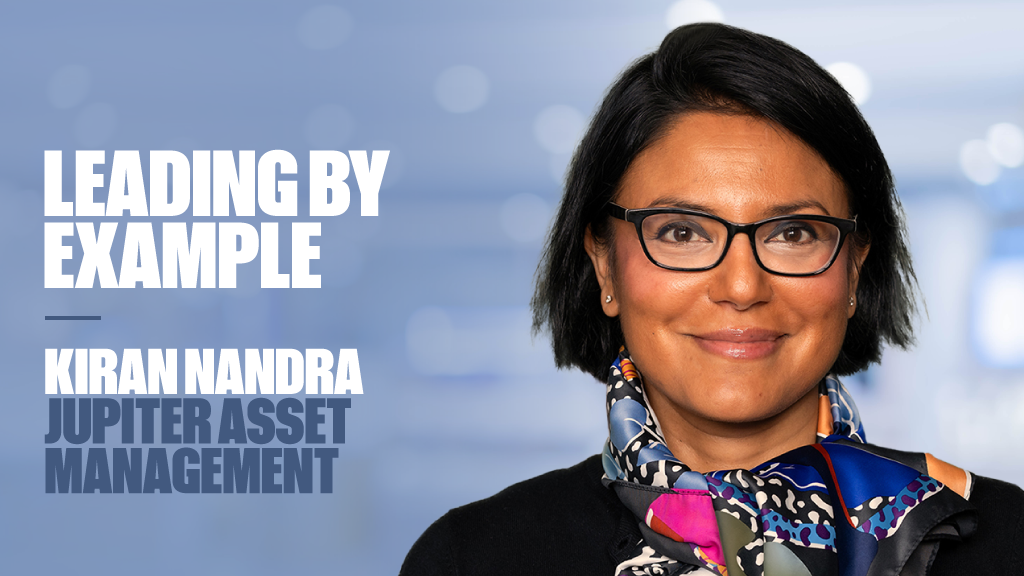Chunky weightings of Standard Life Investment’s Global Absolute Return Strategies (Gars) in the multi-asset portfolios sold by its parent company’s advice arm 1825 have raised concerns about the allocations some vertically-integrated firms have to their own in-house funds.
Despite delivering lacklustre performance over the past several years, which has sparked a wave of redemptions from the strategy, and more recently undergoing a changing of the guards which includes the departure of lead manager Guy Sterns, Gars remains a mainstay of the managed portfolios run by 1825.
SLI’s absolute return behemoth features in all five of the portfolios in the 1825 MPS range, according to portfolio summaries available on the adviser’s website.
A sample Q3 factsheet for the highest risk mandate in the range, Portfolio 5, shows Gars as the third largest holding at 7.76% of the portfolio. The lowest-risk mandate, Portfolio 1, holds a 2.28% position in the beleaguered fund.
| Sample 1825 Managed Portfolio | Position in SLI Gars | Position in SLI Absolute Return Bond |
| 1825 Portfolio 1 | 2.28% | 7.15% |
| 1825 Portfolio 2 | 3.96% | 5.05% |
| 1825 Portfolio 3 | 5.68% | 2.90% |
| 1825 Portfolio 4 | 7.20% | 1.00% |
| 1825 Portfolio 5 | 7.76% | 0% |
Source: 1825
While the lower-risk portfolios have a smaller amount invested in Gars, they have higher weightings in the SLI Absolute Return Global Bond fund, which is also run by the Gars team and has similarly struggled to turn performance around. Investors that have been with the£1.9bn fund three and five years are both down -1.7%, according to Trustnet.
Funds remain whether they perform or not
Critics say that Gars’ persistent presence across the 1825 range raises questions about whether restricted advice firms within vertically integrated firms are selecting the best funds for the end client.
“I’d certainly be interested to see any other advice business using it [Gars] as heavily as SL does in its own 1825 portfolios,” says Darren Cooke director of Red Circle Financial Planning. “In fact I’d struggle to see any advice business putting money into Gars and not taking it out, frankly.”
Cooke says all vertically integrated financial businesses that own restricted advice arms are guilty of stuffing their portfolios full of their favourite in-house funds “whether they perform or not”. “I suspect they also tend to favour the ones where they have the biggest profit margin,” he adds.
Restricted firms by definition will have a more limited option of funds to choose from than independent advice firms, says Ben Yearsley, director at Shore Financial Planning, which could explain why 1825 has stuck by Gars through turbulent times.
“They can only choose from the building blocks they’ve got,” he says. “If that’s the only fund that fits the bill within the stable, then they have no real choice have they?”
Smoke and mirrors
None of the advisers Portfolio Adviser spoke to have Gars or any other absolute return fund on their buy-lists.
“I fail to see why anybody would use it. In fact, I fail to see why anybody ever used it,” Cooke says about the £12.6bn fund. “It was always smoke and mirrors.”
“I’ve been around these types of funds long enough to know that you can generate short-term performance but it doesn’t last in the long-term,” he continues. “If you generate the short-term performance, I suspect there’s a lot more luck than judgement involved in doing it.”
Alistair Cunningham, financial planning director at Wingate Financial Planning, agrees that most people do not need absolute return strategies in their portfolios, which he says have struggled to deliver on ambitious objectives of being able to weather all manner of market conditions.
“I can’t help but think most people would be well served by a low-cost well diversified portfolio,” he says. “You don’t get any formal protection from downside, but you don’t get that with absolute return funds either.”
Absolute return is the norm for multi-asset portfolios
But absolute return funds remain a popular choice for many advisers.
Peter Sleep, senior portfolio manager at 7IM, says that multi-asset strategies will have some allocation to absolute return funds and that a holding between 6% and 10% “sounds about right”.
“You need to strike a balance between concentrating on a few funds and over diversifying,” Sleep says. “Having a 7-8% allocation sounds like quite a punchy allocation, but it is in the higher risk portfolios.”
A spokesperson for 1825 said the model portfolios invest across 21 different asset classes “to provide a high level of diversification”. Gars is one of three absolute return funds in the model portfolios, they added.
“We have a higher exposure to absolute return funds as we move up the risk spectrum to Portfolio 5 as our view is that these funds represent growth assets over the long term, while potentially offering a reduced level of volatility. The foundation of the strong performance we have seen in the portfolios is our strategic and tactical asset allocation, and disciplined approach to fund choices. The portfolios have provided excellent returns since their inception in 2015 and more importantly have helped our clients meet their financial planning goals.”
Glorified distributors
Cooke says part of the problem is that vertically integrated life companies are looking much like they did 30 years ago when they had their own internal sales force to sell and distribute products.
“We got to the point where very few life insurance companies would have a sales force and now we seem to be going back to it again. Aviva have got one, Prudential have got one, Standard Life have got 1825, Old Mutual Wealth have got Intrinsic.”
Restricted advice firms within these consolidates businesses are “basically there to distribute the products,” he says.
“Well, that doesn’t drive good outcomes for clients because there’s no incentive then for the life office to be keen on its charges and also ensure that it performs well.
“The advice might be wonderful, and it ticks all the boxes but if you’re selling crap at the bottom of it, it doesn’t really matter how good the advice is.”
In-house funds don’t dominate 1825 portfolios
But 1825’s portfolios contain fewer in-house funds than similar products from other restricted advisers that belong to vertically integrated firms, Lang Cat consulting director Mike Barrett notes.
The 1825 managed portfolios have between four and six SLI funds, according to the sample fact sheets listed on the advice firm’s website. In the highest risk mandate (5) SLI funds account for roughly 13% of the portfolio. In the lowest risk mandate (1), they make up close to one fifth of the portfolio.
“It’s not dominated by SLI funds so obviously they’ve got some sort of investment process that’s going on,” says Barrett. “I think the danger with these things is, as robust as the process might be, you question whether there is any potential conflict of interest there for funds which aren’t performing particularly well and have had several years of underperformance.”
Both restricted and independent advisers need to have an objective and balanced process for reviewing fund performance in their portfolios, he says.
“If you’re treating in-house funds any differently from ‘normal’ funds then that feels to me that you’re starting to introduce a conflict of interest there.”
Replacement for Gars
Yearsley says there is no getting around the fact that the fund has been “a dreadful performer” over five years, however.
Investors who have stuck by the fund for three years have lost money, with Gars returning -3.9% compared with the IA Targeted Absolute Return’s 3.3%. Over one year the fund’s losses are even greater (-6.4%). Despite absolute return managers claiming that their funds will weather volatile markets, Gars delivered its worst monthly performance of 2018 during the massive sell-off in October.
Though Yearsley admits Gars “has done its job” over the last six months, producing positive returns against a more volatile backdrop, he thinks there are better in-house replacements 1825 could use in its MPS range.
The Aberdeen Diversified Growth fund run by Mike Brooks, which also tries to deliver a cash plus return over the cycle, is one fund in the newly broadened stable that could replace Gars, Yearsley thinks.











